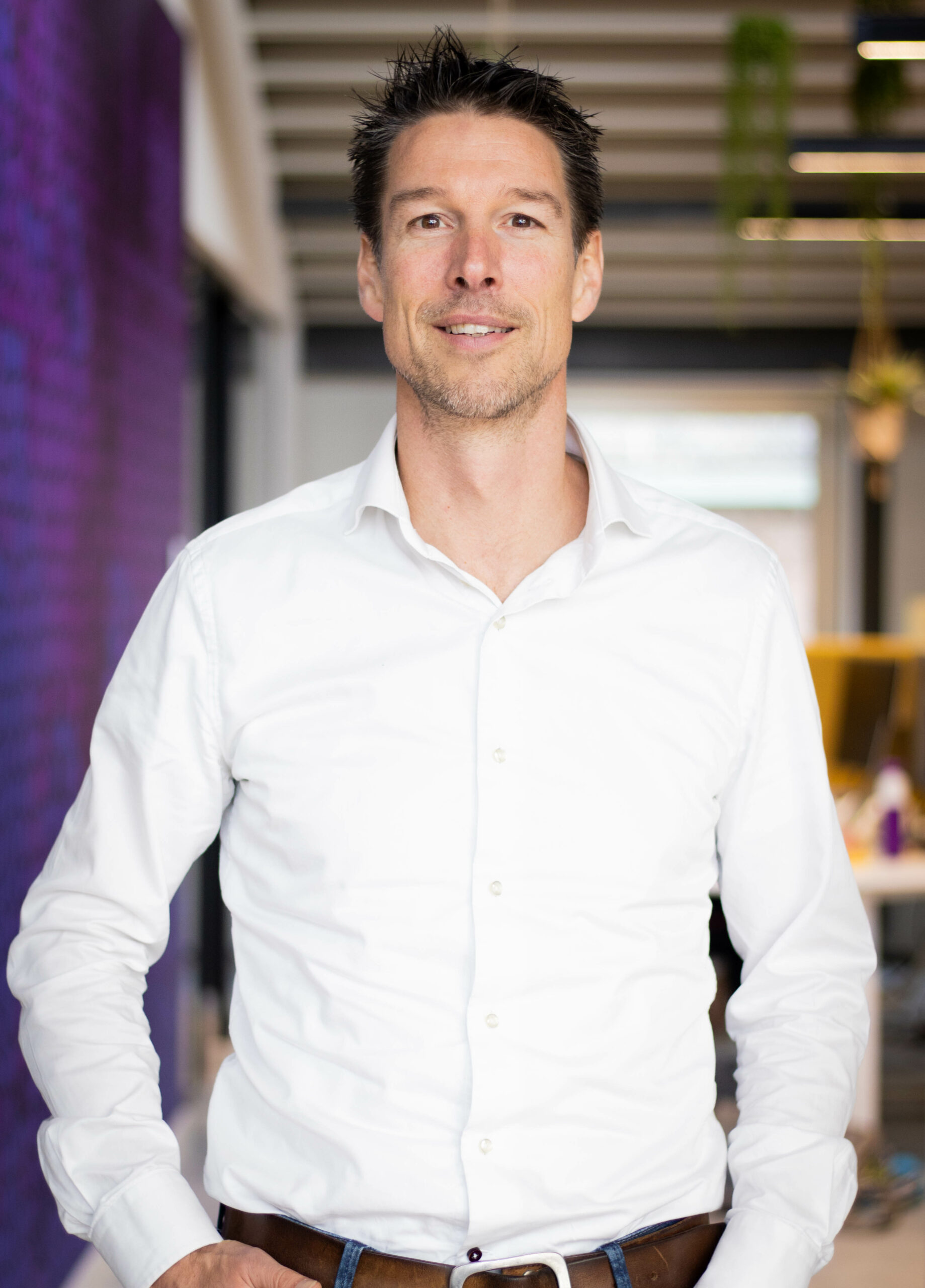One + one = three. This is known as the synergistic effect where the cooperation between two parties yields more than the individual efforts. But how great is the power when three parties work together? If you can believe ICT Netherlands (ICT), A.S. Watson Health & Beauty Benelux (A.S. Watson) and Pipple: big. The trio has joined forces to use smart algorithms to make A.S. Watson’s Warehouse Management System (WMS) smarter, faster and future-ready. “You can’t do it alone anymore and you need other parties. Each from his own expertise and always on the basis of equality.”
ICT has been the reliable supplier of A.S. Watson’s WMS for years. In good partnership, this WMS is being further developed and tailor-made for A.S. Watson. Walter Spitters (Operations Manager at ICT) and Joep van den Tillaart (Partner at Pipple) met a year ago during a conference at TUE. “I was impressed by how Pipple has optimized the logistics processes of Jumbo, among others, by using smart algorithms. ICT also uses algorithms, but not at the level that Pipple’s econometricians do.” The conversation stayed with Walter. A few months later, when he talked to Remco Suselbeek, Functional Management of Logistics Applications at A.S. Watson for the Kruidvat and Attraction formulas, about the plans for the new e-Fulfilment department, he brought up Pipple. In short, this was the first step towards what the three parties label as a structural relationship.
No sales pitch
Pipple came as called. Remco: “We had already thought about the algorithms ourselves, but neither we nor ICT are specialists in this field. Fortunately, it is not a weakness if you do not have the knowledge yourself, it is a strength if you know that you can be with someone else for that. For example, we engaged ICT 25 years ago and now we call in pipple’s experts.” Joep used a quick scan to map out the current process and subjected it to a critical analysis. He then presented the potential of what the use of smart algorithms could yield in optimizing the supply chain in general and order picking online orders in particular. “The plans were positively received by us. And now that the algorithms have actually been implemented, you can see that productivity is really increasing. What Pipple predicted to be able to achieve turned out not to be a sales pitch but purely reality. That gives us a lot of confidence in the future and what else we can achieve together.”
Makes sense, right?
What exactly is it that Pipple came up with? “Operators create batches of orders with products that are close to each other. At the beginning of the day this is very effective for the order pickers, but at the end the productivity deteriorates because then the residual products have to be obtained”, Joep explains the old situation. In the new situation, all distances are taken into account from the first batch with the aim of minimizing the distance over the entire day. “The approach now is to take the largest possible order per batch and then immediately take other orders with you. You have to look very carefully at the logic in the process. In this case, this comes down to two improvement steps: a smarter way of bringing orders together (batching) and walking smarter through the warehouse.”
Working differently
It makes a lot of sense. And that is how it is experienced in the workplace. “The first reactions are positive. With this optimization, the required distance is reduced, which in practice leads to higher efficiency and cost savings. The order pickers actually experience that they travel less distance. For the people who release the batches, it’s still the biggest challenge. Their task is changing. It’s up to us to explain it to them properly to prevent them from falling back into their old pattern.” Remco has taken on that role with gusto.
The bigger picture
Working together was still a challenge for the three different parties. “We had to get used to each other,” Walter laughs. He is referring to Pipple’s high young dog content. “They are used to quickly presenting a custom-made solution under high pressure. They want to run, run while A.S. Watson and ICT have a more mature and balanced pace.” Remco adds that in this process, other priorities are sometimes set on a project basis. “You are part of the bigger picture and have to take into account the overall strategy in which many more projects play a role.” In addition, the system must always continue to work. Walter: “And that requires good coordination between the parties.” The necessary hurdles have been overcome, the parties now know what they have in common. “The combination of young dog and experience seems to work well. We learn from each other.”
Better lead times
According to Walter, the condition for such a collaboration to succeed is that you are open and transparent. “You have to give each other a look behind the scenes. Reveal what you’re doing. Only then do you strengthen each other.” For the follow-up process, this is a mustache. “We are on the same page and understand the process. Despite the fact that the algorithms we want to implement include more than before, I expect the lead times to be better. Yes, we are also going along with the Pipple pace a bit.” That is a good thing because there is still a lot on the agenda. Remco: “First we want to look at the process of releasing, and so we want to examine more and more parts, such as slotting. With smart algorithms, there is much more to be gained from this.” ICT, Kruidvat and Pipple are far from finished with each other, but together they are ready for the future.

